THE BEST PLACES TO LEARN TO SURF IN EUROPE
There are plenty of awesome waves all over Europe for beginners to learn the sport, so we’ve put together a guide to the very best places to surf in Europe.
There’s no need to jet off to an exotic location like Bali, The Philippines or Hawaii in order to seek out that perfect wave, Europe is jam packed full of quality surf spots for everyone, no matter what your level.
Equally, if you’re looking to learn to surf, Europe has some excellent fun-filled destinations with plenty of surf camps and beautiful beaches. So, what are you waiting for?
If you want to take your new surfboard somewhere different this summer, check out the very best places to learn to surf in Europe.
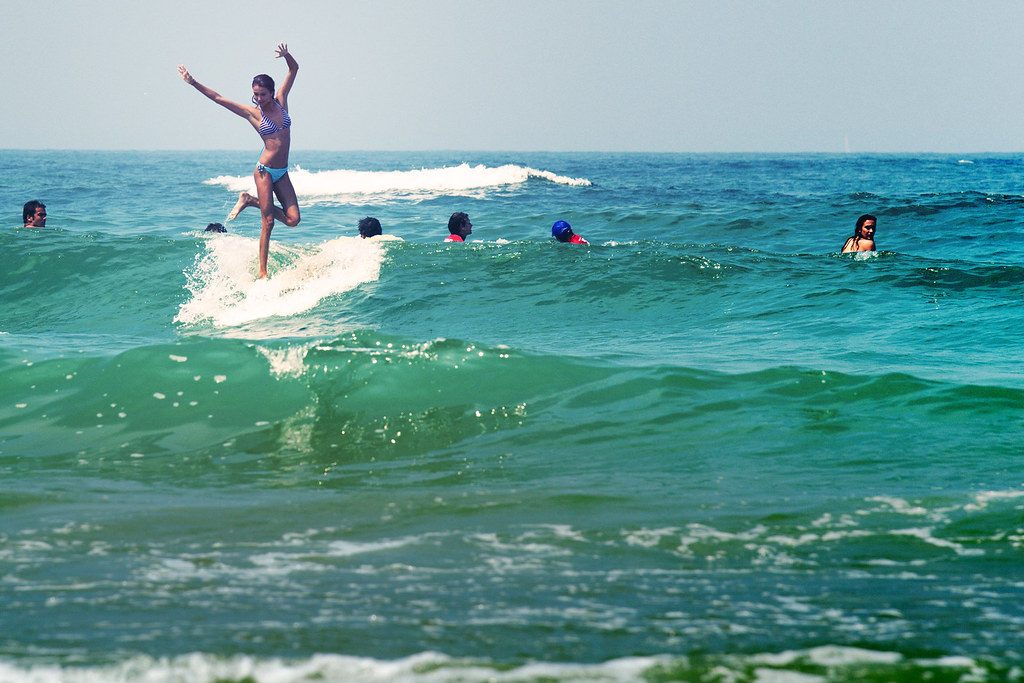
BIARRITZ, FRANCE
If you don’t know already, France is the birthplace of surfing in Europe and has some of the best beach breaks around.
The south west coast of France has reliable waves that work throughout the year but do be aware, these beach breaks can also pack a bit of a punch. The best time to head here is in the summer months when the waves are slower, gentler and perfect for beginners to tackle.
You’ll find posh holiday homes of the rich and famous in Biarritz alongside surf camps, surf shops as well trendy cafes and restaurants. It’s not the cheapest surf destination in the world but does offer a lot including wide sandy beaches, perfect for plenty of wipe outs.
Biarritz Grande Plage
The main beach in Biarritiz, Biarritz Grande Plage has superb conditions for both beginners and intermediate surfers in the summer. This surf spot can become crowded because it’s so close to town but you can find fun fat rolling peaks given the right surf conditions.
Côte des Basques
Côte des Basques is a favourite spot for beginners and long boarders due to its gentle lefts and rights that stretch along the never-ending sandy beach. The sea front here is full of surf shops and surf schools and there’s a chilled vibe in the air, it’s a great place to holiday and to take a few surf lessons.
You’ll often find surf schools around the peak by the sheltered headland, down at the north end of the beach. This surf spot works best at low and mid tide with the beach being cut off when the tide rises.
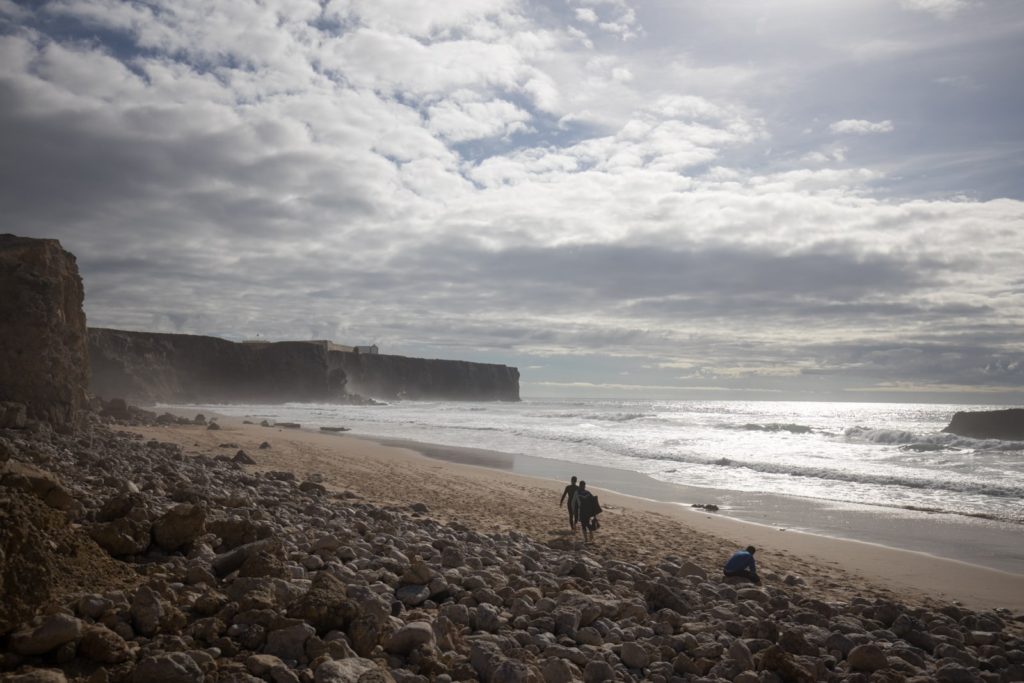
SAGRES, ALGARVE, PORTUGAL
Sagres is a chilled out, windswept small town on Portugal’s western coastline. People from all over visit Sagres to hike along its beautiful cliff trails, to cycle the peaceful roads and to explore Cabo de São Vicente, the storm-battered south-westernmost headland of Portugal. But the biggest draw of Sagres is definitely the surf. There are plenty of restaurants, shops and cafes in the area for post-surf refueling.
Take a look at our surf guide to Sagres for more detailed information.
Praia do Tonel
Praia do Tonel is just a short walk from the centre of Sagres but it feels like a world away from civilisation with its rugged cliffs and windswept beach. It’s a good spot for those who are beginners to intermediates, total newbies should avoid (caution) and take surf lessons instead due to the rips and rocks here. Tonel has pretty consistent waves and you’ll find them throughout most of the year with winter bringing the bigger swells.
There’s some excellent right and left handers here and the best conditions come with a wind from the northeast. In summer months the beach has lifeguards patrolling. Do watch out for rocks hidden beneath the surface at hide tide, observe the surf spot before heading out.
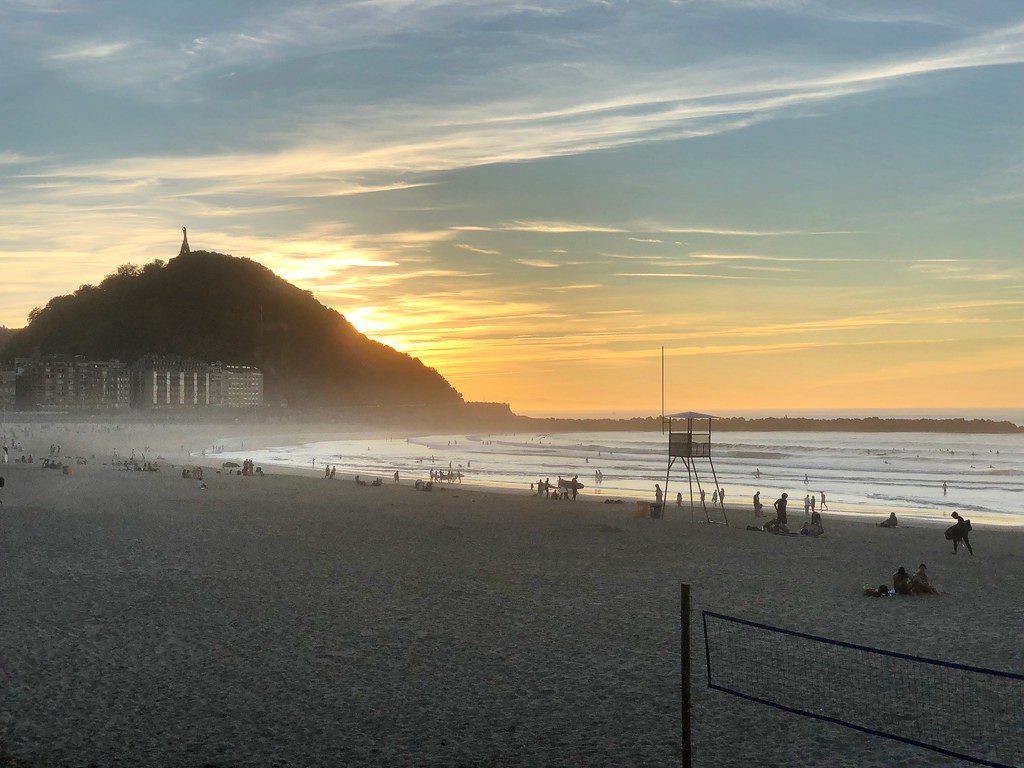
SAN SEBASTIAN, SPAIN
San Sabastián hosts a number of surfing competitions including local and international championships. If that isn’t an endorsement of the quality of surf here I don’t know what is, it’s simply one of best places to surf in Europe. Over more recent years surfing has become super popular and ingrained in peoples lives locally. In the town there are surf shops, surf camps, bars, pubs and restaurants all targeted towards surfers.
Zurriola Beach
San Sebastián boasts three lovely beaches but the most popular surfing spot is off Zurriola beach due its waves being suitable for all different levels of surfer. There’s a selection of surf schools right on the beach so if you’re in need of a few lessons or surf board rental you can’t go wrong. The beach itself stretches out over 800 metres and there are lifeguards, showers and places to change.
The beach is extremely popular with both beach goers and surfers making it fairly crowded but for good reason, it’s an excellent surf spot.
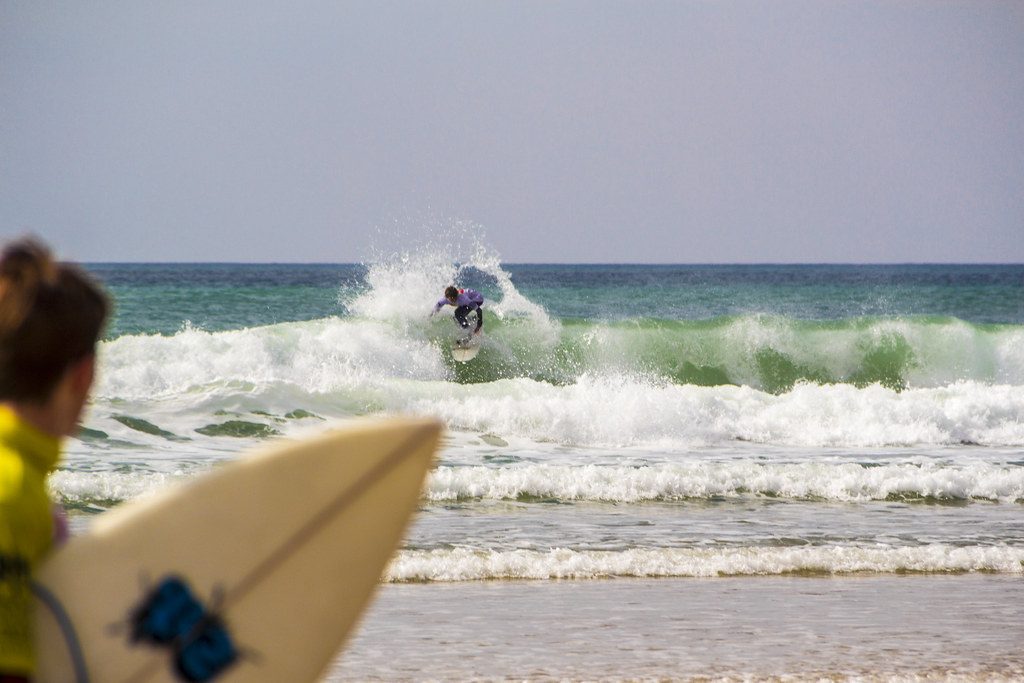
NEWQUAY, UK
Look beyond Newquay’s flashing arcades, noisy pubs and trashy clubs and you’ll find some excellent beaches that are perfect for learning to surf. The town has had a reputation for being a bit of a party town, but things have been changing over the years with more of a focus on the fresh seafood and surfing culture.
These days you’ll find vegan, vegetarian restaurants and eateries appearing to satisfy the demands of healthy thinking surfers. It makes Newquay an interesting place to experience and a great place to don the wetsuit and get some surfing under your belt.
Watergate Bay
Watergate Bay is a long stretch of fun beach breaks thanks to the consistent swell from the Atlantic, surf schools operate here too. The beach features decent facilities with a beach cafe, restaurant, surf schools, surf shop, toilets, hotels, a pub and plenty of parking. You might also hear the beach referred to as Tregurrian Beach after the village nearby. The beach itself stretches out over 2 miles with rocky cliffs over looking the golden sands.
There’s decent right and left handers breaking at Watergate Bay driven by groundswells and it’s not tide dependant. It can get crowded when conditions are good and be on your guard for dangerous rip currents here.
The waves are so good at Watergate Bay that it hosts pro surfing events including The English National Surfing Championships and the final of the Rip Curl Grom Search. This surf spot is worth checking out even if the if it seems too windy around Newquay due to the cliffs sheltering the location. Even if your not surfing Watergate Bay is a beautiful place to spend the day.
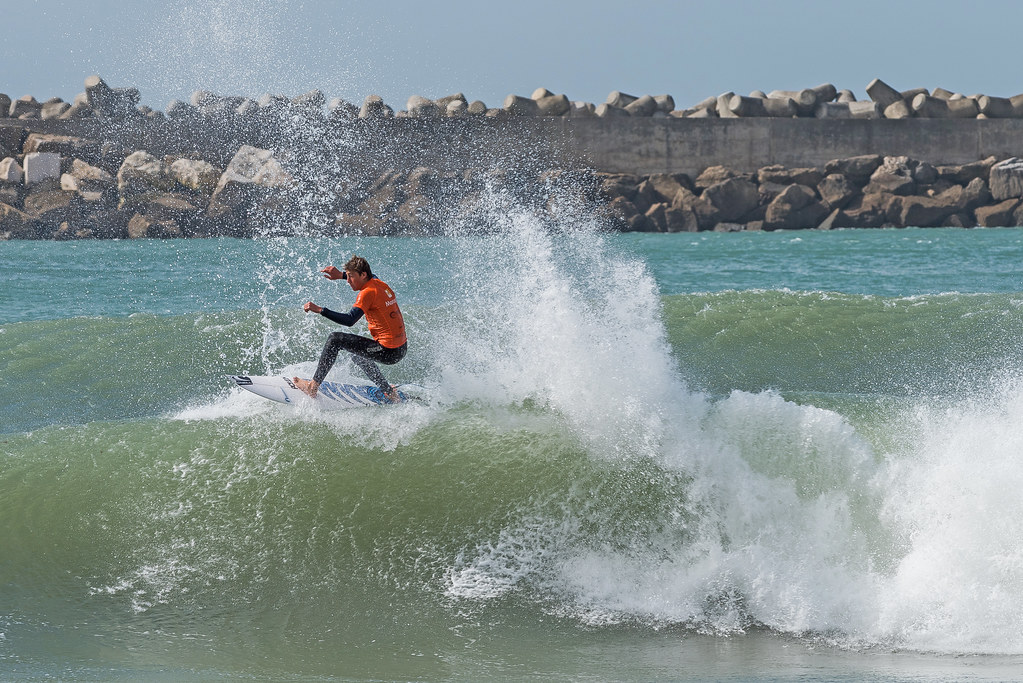
PENICHE, PORTUGAL
Surfing capital of Portugal, Peniche hosts the Rip Curl Pro in October each year and is home to a ton of surf camps, useful if you’re not quite a pro yet! It feels like everyone surfs in Peniche and thankfully there’s plenty of breaks for everyone across its vast long sandy beaches. If you’re planning a trip to Peniche and want to know the best places to stay, check out our Area Guide to Accommodation in Peniche.
Cantinho da Baia
Cantinho is a superb left and right beach break in Peniche and the most consistent wave in the summer. It’s sheltered by cliffs to the east making conditions ideal for beginners (especially the closer you surf to them). Further to the west and away from the cliffs you’ll find the waves much more challenging.
This surf spot is tucked away in the far north corner of the bay between Peniche and Baleal. Works at mid and high tide.
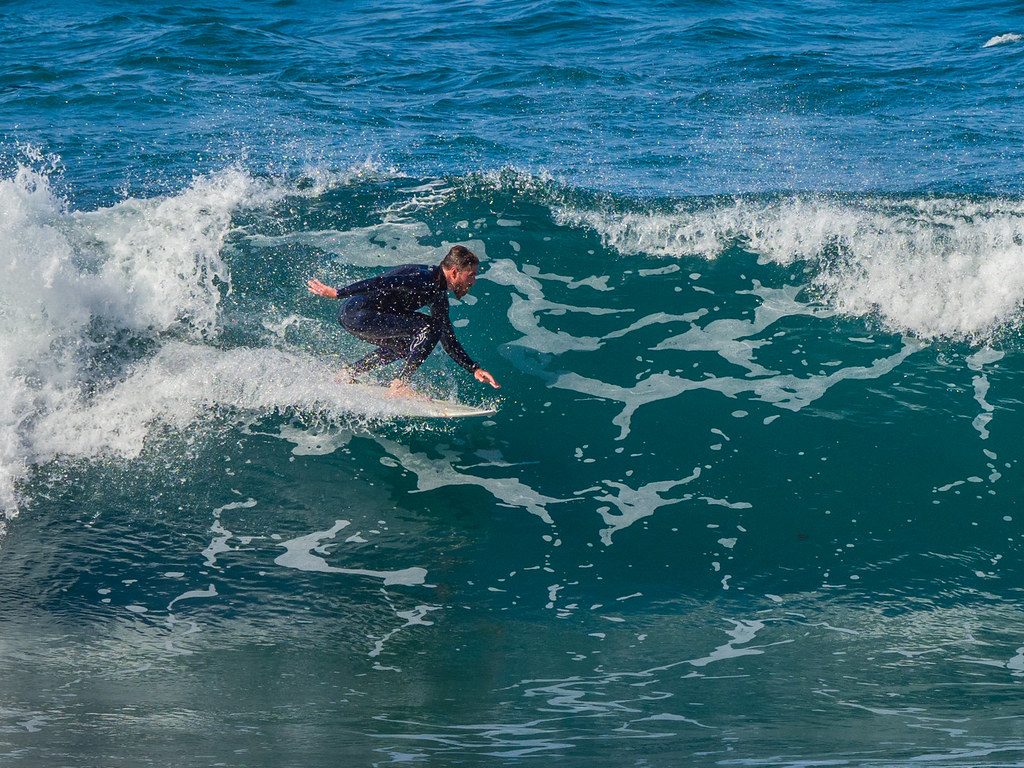
LAS PALMAS, GRAN CANARIA
If you’re looking for a surf spot right in the city then you can’t go far wrong in Las Palmas. It’s a surf city with a wide range of waves for all different levels as well as offering great amenities right on your doorstep.
Take a look at our surf guide to Gran Canaria for more detailed information.
La Cicer
La Cicer is a popular set of beach breaks that you’ll find towards the southern end of Las Canteras beach. It’s a favourite with surf schools in the area and beginners due to the reliable waves generated by the offshore reef. Most days there are decent waves that beginners can surf on throughout the spring, winter and autumn.
The area around Las Canteras beach is packed full of bars, restaurants, co-working cafes and surf schools so can be a great base to stay whilst learning to surf.
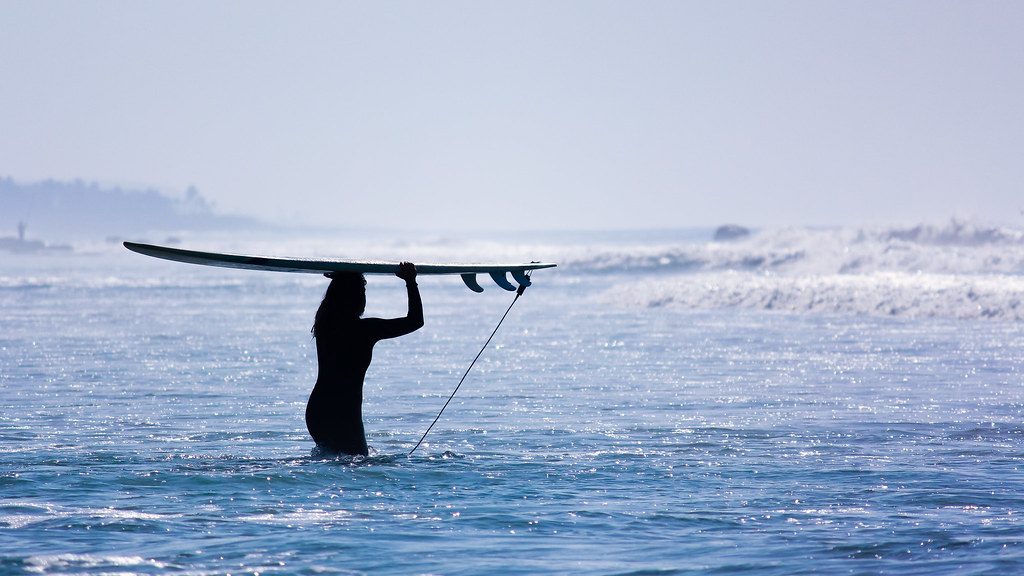
HOSSEGOR, FRANCE
There’s a friendly, relaxed atmosphere in Hossegor and most locals are pretty relaxed about surfers hitting their waves. If you’re looking for somewhere to learn with a chilled out vibe and reliable waves, it’s a good choice.
La Sud
Hossegor is famed for it’s quick and hollow waves that attract surfers from all over the world. The three kilometre sandy beach has four different surf spots, Les Culs Nus, La Gravière, La Nord and the most suitable spot for beginners, La Sud.
Popular with surf schools and first time surfers, you’ll find La Sud south of La Centrale and often packed with bodies in the middle of summer. It’s a sheltered spot with smaller more manageable waves compared to the surf spots further north. There’s less of a current here, fewer rips and more forgivable waves, ensuring that it’s a great place to get in some practice.
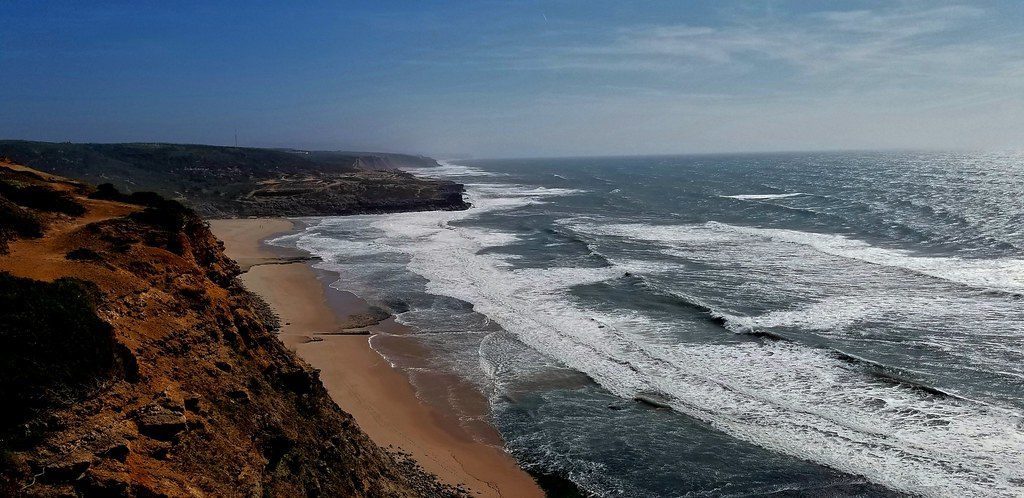
Ericeira, Portugal
Ericeira is Europe’s first and only World Surfing Reserve (by Save the Waves Coalition), chosen to preserve its beautiful coastline and surfing culture. The waves in Ericeira attract many intermediate and advanced surfers but it’s also an epic place to learn to surf. Take a look at our list of the best surf camps in Ericeira if you’re looking to book your trip!
Foz do Lizandro
There are left and right breaks with a sandy bottom at Foz do Lizandro, making it a decent surf spot for beginners as well as intermediates. Best surfed on an incoming mid-tide.
Foz do Lizandro is also a Blue Flag awarded beach and has good facilities including seasonal lifeguard, first aid, toilets, showers and changing rooms as well as a variety of cafes. If surfing isn’t your thing or you want a break from the surf there are sun beds and umbrellas for hire on the beach. Foz do Lizandro can get busier when other surf spots around Ericeira aren’t working well.
São Julião
Further South from Foz do Lizandro, São Julião is another big sandy beach that has beginner-friendly conditions. It’s a very consistent wave here due to the big ocean swells and has various different peaks breaking here. São Julião is set in a beautiful natural area that makes it a great spot to visit whether you’re surfing or not. There are also good facilities with, cafes, restaurants and toilets.
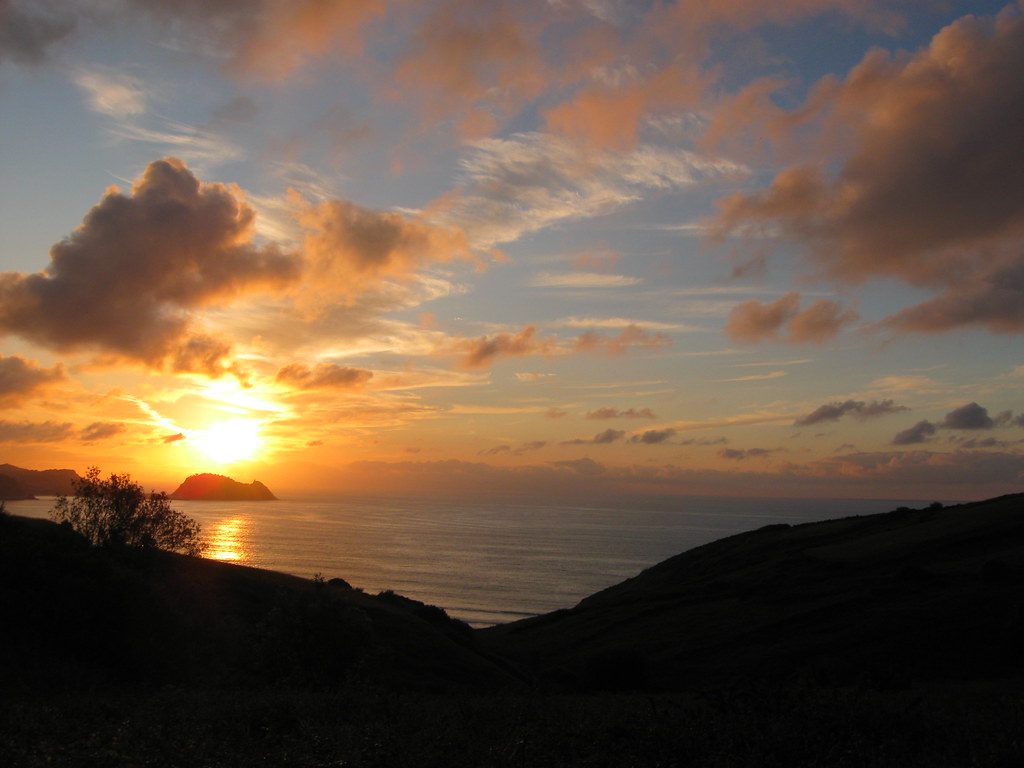
Zarautz, Spain
The most famous surf destination in the whole of Spain, Zarautz is the home of some of the countries most talented surfers. Zarautz works as a place to base yourself from if you’re looking to explore nearby San Sebastián, Bilbao and even Biarritz and Hossegor over the boarder in France. It’s a destination you can also hit up on a surf road trip along the coast of France and Spain.
Zarautz Beach
With surf all year round generated by the swells from the Bay of Biscay, Zarautz is a good choice for beginners. There are multiple breaks here too.
Zarautz itself is a small town located just 24 kms from San Sebastián. There’s plenty of surf shops, surf school, cafes and bars in the area too making it a great base for learning to surf. The best time to head to Zarautz is during the summer months when the waves are perfect, the waters warm and the conditions are good for beginners. In the winter the swells become much more challenging, waves harder and the water cold.
It can get crowded here but it’s also a beautiful surf spot with awesome landscapes, so it’s worth visiting for that alone. There are plenty of accommodation options near Zarautz beach including surf camps with some stunning views.
So there you have it, some of the very best places to surf in Europe. What are you waiting for? Grab your board, book some surf lessons and head out into the surf!